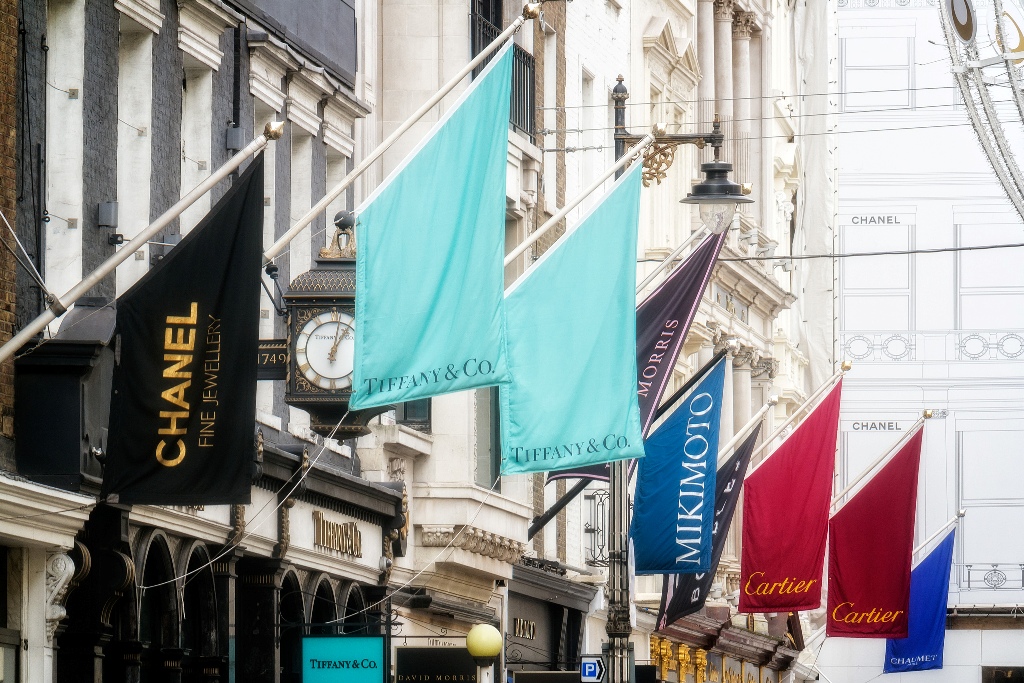Franchising, retail, business

21/06/2015
Behavioral Economics .com > Blog > Uncategorized > Turning Luxury Shoppers into Luxury Buyers
A new report from the Boston Consulting Group suggests that global luxury goods and services will continue to grow at around 7 percent annually — handily outpacing the GDP of many countries.
Such growth is attributed to more brands reaching luxury status, higher disposable income and a larger number of buyers being able to afford luxury products. In the United States, the largest luxury market, about 46 million Americans (roughly the population of Spain), bought at least one luxury item in the past 12 months (Bob Shullman, 2015). In 2012, more than $1.8 trillion was spent on luxury items, with approximately $390 billion for traditional high-end apparel, cosmetics and jewelry.
However, with both size and growth, competition has become fierce with usually lower-priced e-commerce growing at three or four times the total market rate. How do marketers keep this massive market expanding and, more importantly, how do marketers turn affluent shoppers into buyers?
To get more persuasive “leverage,” some marketers, according to Russ Alan Prince (2013), have segmented the luxury market on the basis of personality, such as trendsetters, winners or connoisseurs. Others have used conspicuous consumption, ego gratification, projection of the “self” onto the purchase, and the expectation of happiness, pride or self-fulfillment as the presumed motivation for purchase. Although these psychological factors appear reasonable, do they really motivate purchase?
Liselot Hudders, Mario Pandelaere and Patrick Vyncke (2013) argue that even the fulfillment of the physical and psychosocial attributes of premium quality, aesthetics or even exclusivity might not be enough to convert luxury shoppers into buyers.
Is there an approach that really could answer the question, “How can marketers convert a luxury shopper into a luxury buyer?”
Through recent research (Myth vs. Reality of the Luxury Car Purchase – 2014), we have learned that there are a fixed number of requirements for luxury purchase for each product category. Some of these are psychological factors such as Impact on Others, Social Impact on Oneself (Effect of the Reaction of Others on the Buyer), Confirmation of Self-worth; others are product and feature related.
These requirements go together in multiple ways to form the expectation of utility of ownership. Each way is composed of multiple paths in which the requirements are used differently by luxury buyers to arrive at an expectation of utility. Each way is used by a segment of the luxury market with similar needs, forming similar consumer types. We found that purchase occurs when the expectation of utility rises above a threshold, which also differs for each consumer type and, of course, by product category.
In addition, there is a finite number of consumer types for a given industry or category. To date, two or three consumer types have always accounted for over half the buying audience but not necessarily over half of the total purchase value. Since 15 percent of the buying audience may account for 70 percent of luxury goods revenue, it becomes absolutely critical to know which consumer type is responsible for the largest source of business. In the luxury business, there is no “average” customer. In fact, one such customer type may be five to 10 times more profitable than an “average” customer, who, in fact, does not exist.
So what does this all mean for today’s luxury goods marketer, who wants to convert luxury shoppers into luxury buyers?
Obtain the true “why” of purchases. Invest the time to understand the requirements that fulfill luxury buyers’ expectation of utility.
Communicate the expectation of utility to those consumer types who are most likely to buy. Not only will those consumers resonate stronger with your brand when their expectations are reiterated, they also will become vital contributors to the short- and long-term success of your brand.
Understand which consumer type accounts for your largest source of revenue. This is likely a relatively small percentage of your total buyers but the consumer type whose patronage is most critical to your bottom line.
Build on the strength of your brand with the consumer types most responsible for your success before attempting to attract new buyers. Why? Because it’s easier to strengthen current luxury-buying relationships than it is to create new ones.
Fonte:http://www.behavioraleconomics.com/turning-luxury-shoppers-into-luxury-buyers/